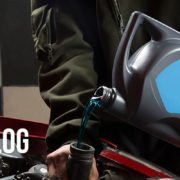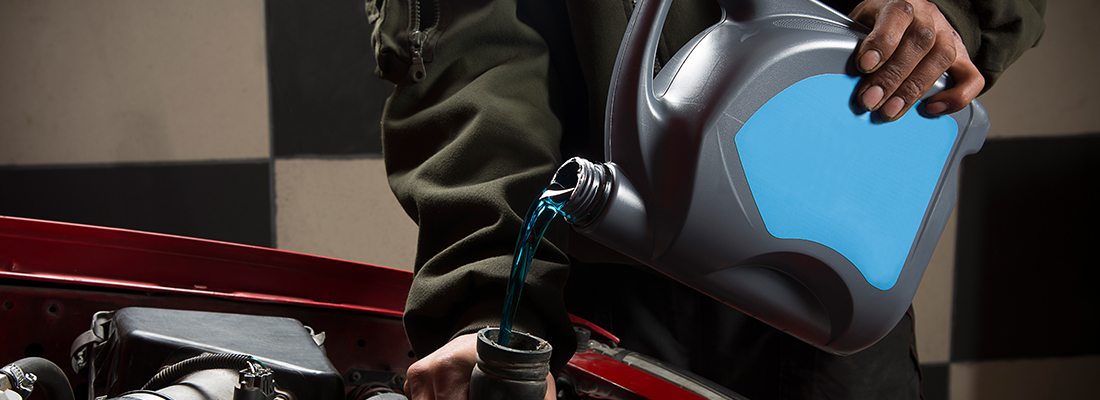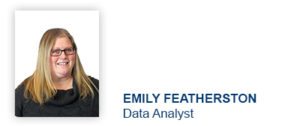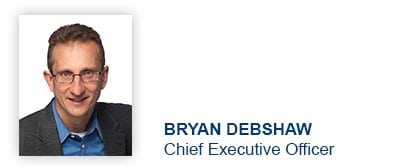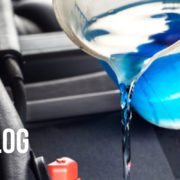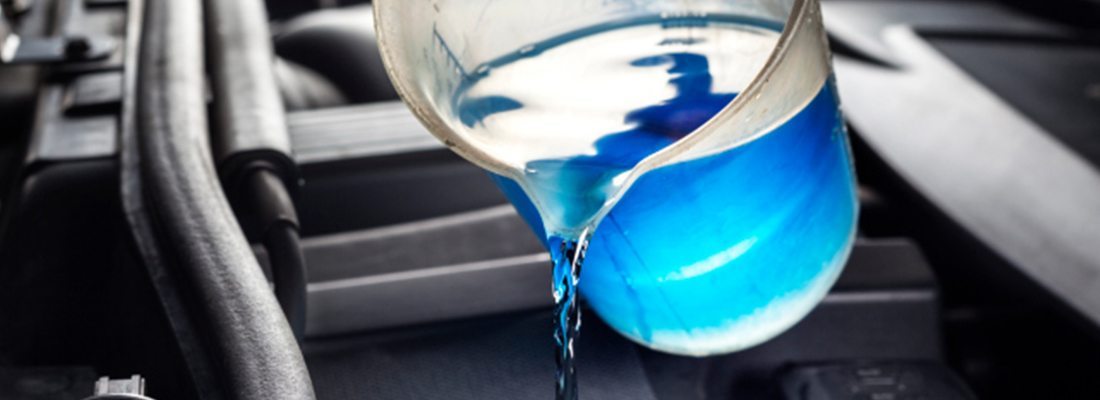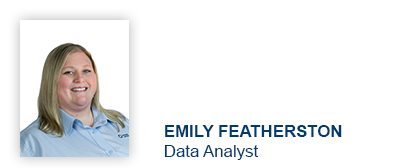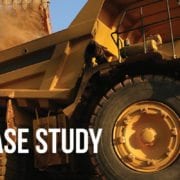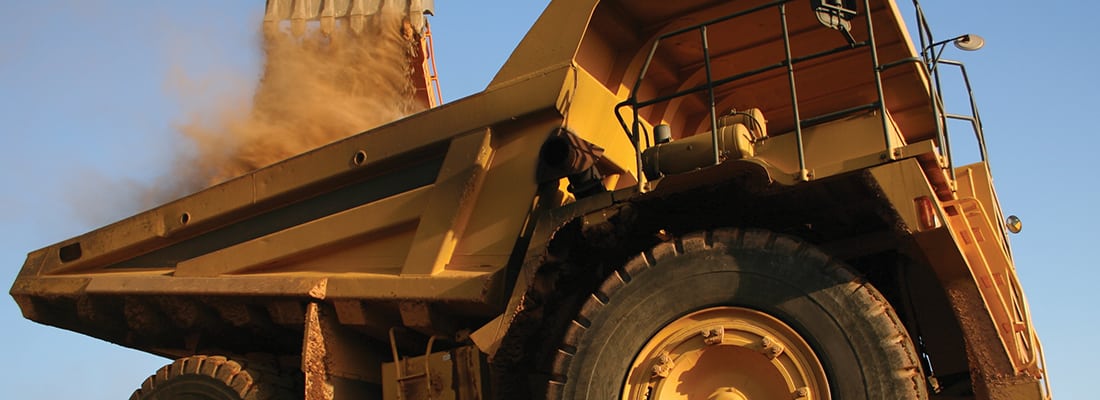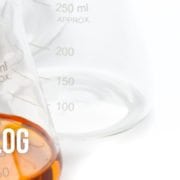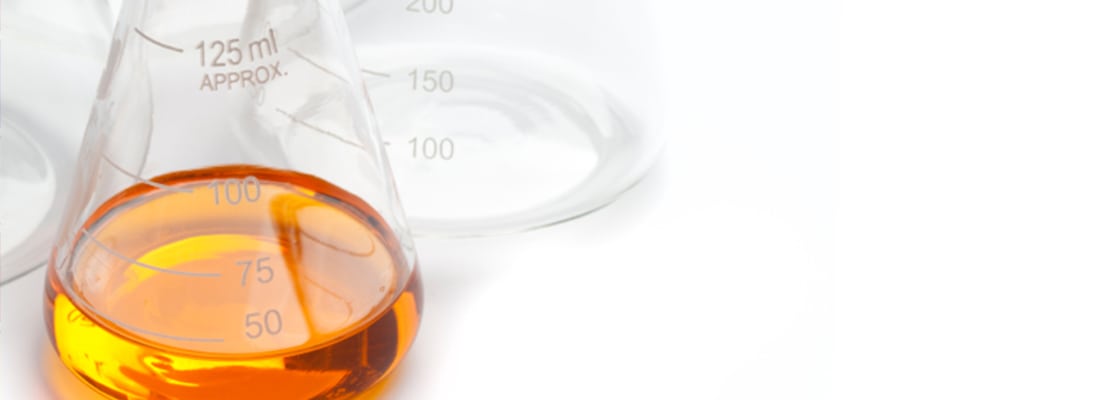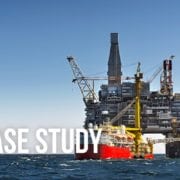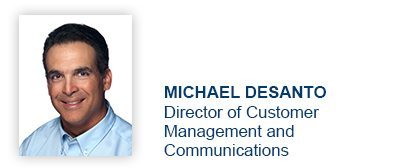How We Set Flagging Limits

In the Data Analysis department, one of our key responsibilities is to answer any questions customers have about fluid analysis. A lot of our calls are about what results mean. Does the fluid need to be changed? What could be causing that strange noise? We also get questions asking for testing recommendations for a specific application or issue being seen. However, the hardest questions to answer are about our flagging limits. The only easy answer for these questions is: “It’s complicated…”
Our process for defining flagging limits is actually something that we are quite proud of. It can be difficult to provide our limits because they are very dynamic and specific to the information provided about the equipment, fluid, and application. For example, one engine in your fleet may have different flagging limits than another because our limits are customized based on the specific equipment manufacturers and models. Limits are also affected by the rate of change from prior samples. Individual severities may change based on other results that are flagged. These are just a few scenarios that affect limits, but I think you can begin to understand some of the complexities surrounding our limits.
We’d like to clear up some of the confusion by publishing a series of articles to address the more common questions surrounding flagging and alarm limits. What aspects of your report flagging have you been curious about? Post your questions in the comments section of this blog so we have an opportunity to reply and use your questions to guide the topics of our articles.
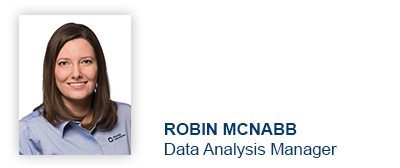
Proven Impact. Proven Uptime. Proven Savings.
Let us prove it to you.


